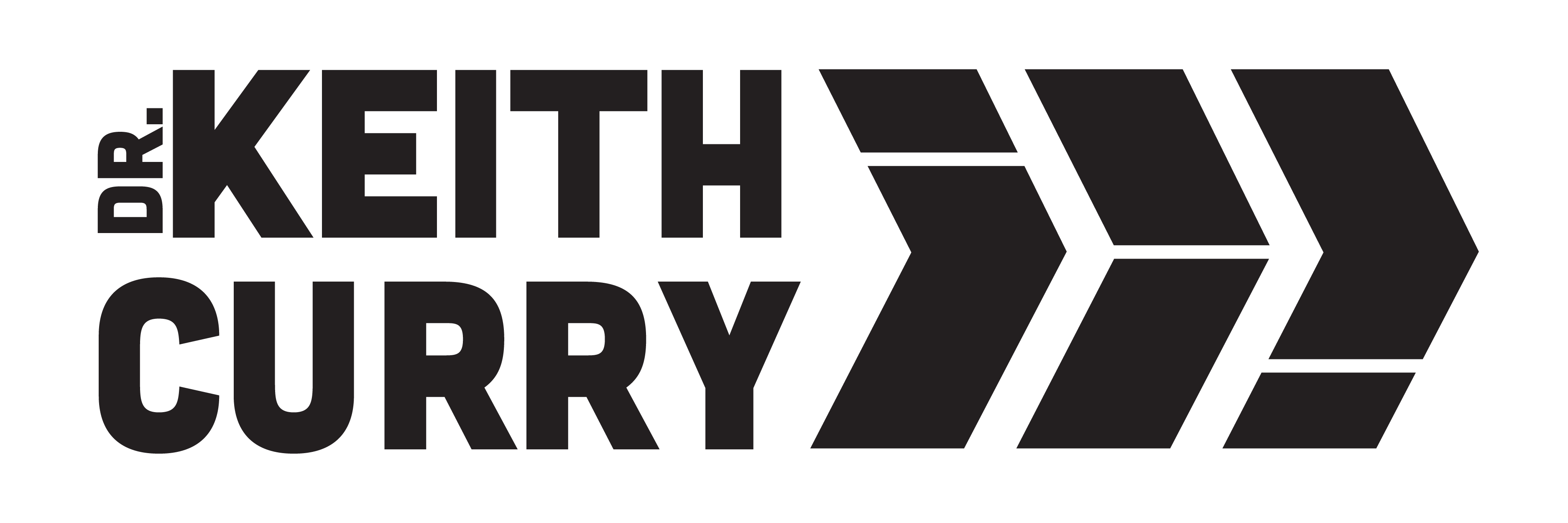Earlier this week, I finally had the opportunity to visit the new location of the Mathematics, Engineering, Science, Achievement (MESA) Program at Compton College. This year, we are finally receiving funding from the California Community College Chancellor’s Office to support our MESA students. Previously, we had a STEM Center on our campus with limited funding, and now we have a full-time program manager, funding for support staff, and a new location for our MESA students. We aim to increase students’ interest in STEM by providing early outreach programs. For the past couple of years, we have offered a STEM summer program for middle and high school students. We anticipate that this heightened interest will encourage these students to explore dual enrollment or post-high school enrollment options at Compton College.
I vividly recall a conversation with former University of California, Santa Cruz Chancellor Karl S. Pister regarding student engagement in STEM.During our discussion, I emphasized the importance of STEM faculty in higher education actively participating in early outreach within communities that cater to students of color. I mentioned the negative competition for our future students who are actively recruiting students daily in our community, but if we really want to generate interest in STEM we have to go to the students and show the possibilities in the STEM fields.
As the demand for workers in science, technology, engineering, and mathematics (STEM) fields continues to grow, it is critical that we prepare and support underrepresented students, including Black Learners, in their pursuit of STEM degrees. STEM majors have the highest earnings potential and entering these fields provides greater return on investment, opportunity for economic mobility, and better job security. However, the number of Black students graduating with STEM degrees have remained flat over the years and Black learners continue to be underrepresented in such fields. The most recent data show that Black students are awarded approximately 9 percent of STEM degrees/certificates1. Similarly, Black Americans make up 9 percent of the STEM workforce, but represent 12 percent of the adult population2. Enrolling and completing high-value programs like STEM, can have significant impact on post-college quality-of-life outcomes for Black learners. Ways in which Black students can be supported in STEM are as follows:
- Increasing and Promoting STEM-focused Initiatives on Campus. Many colleges and universities have implemented programs that provide holistic support specifically for STEM students including personal advising, bridge programs, mentorship components, financial assistance, tutoring, etc. Ensuring that Black learners have access to these programs is crucial in promoting persistence and completion of STEM degrees.
- Partnerships with Organizations. Collaboration with organizations can be incredibly useful, from funding to workshop/educational opportunities. Partnerships with employers can create a pipeline for students to gain employment after graduation.
- Expanding Research Opportunities. Integrating more research opportunities into curricula and providing resources for internship/research opportunities outside of the classroom not only enhance the learning experience for students, but also provide experiences that can be leveraged in the job market. Developing curriculum that incorporates diverse perspectives and highlights the contributions of Black scientists, engineers, and innovators.
- Advocate and Report Success. Advocate for policies and initiatives that promote diversity, equity, and inclusion in STEM education and workplaces. Regularly report student success enrollment, retention, and graduation rates of Black students in STEM
Black students deserve to be adequately represented in STEM fields and reap the benefits that come with it. Diversifying the workforce requires us to prioritize supporting underrepresented students, who will make significant contributions to STEM fields. This is vital not only for the success and prospects of Black learners but also to better align the STEM workforce with underserved communities.
To learn more about how you can support Black learners as they navigate higher education, visit: https://www.community4blacklearnerexcellence.com/publications
References
- U.S. Department of Education, National Center for Education Statistics, Integrated Postsecondary Education Data System (IPEDS), Fall 2011 through Fall 2020, Completions component. (This table was prepared September 2022.)
- National Center for Science and Engineering Statistics (NCSES). (2023). Diversity and STEM: Women, Minorities, and Persons with Disabilities 2023.
